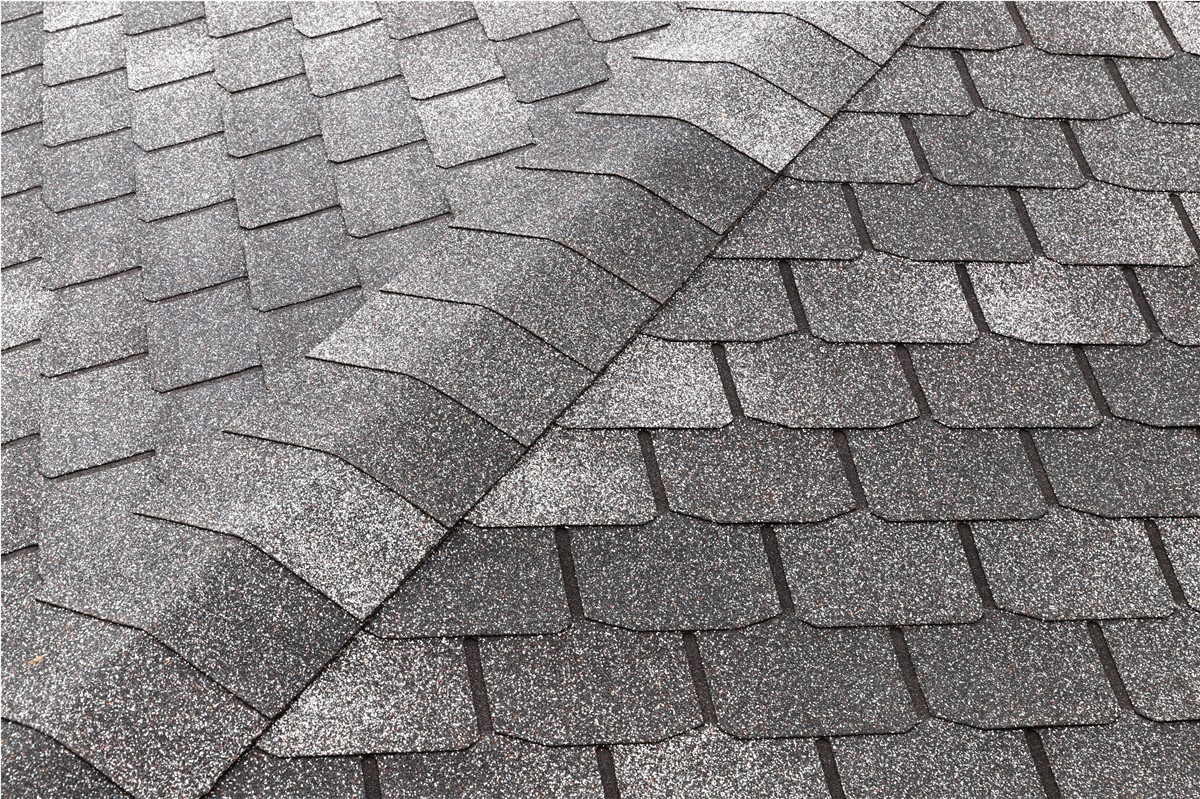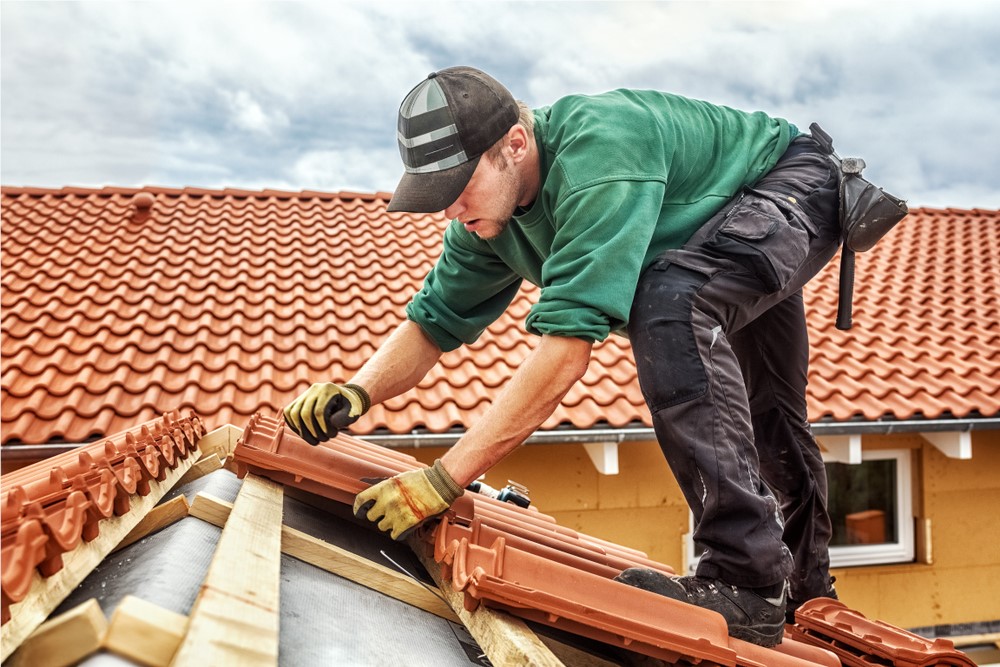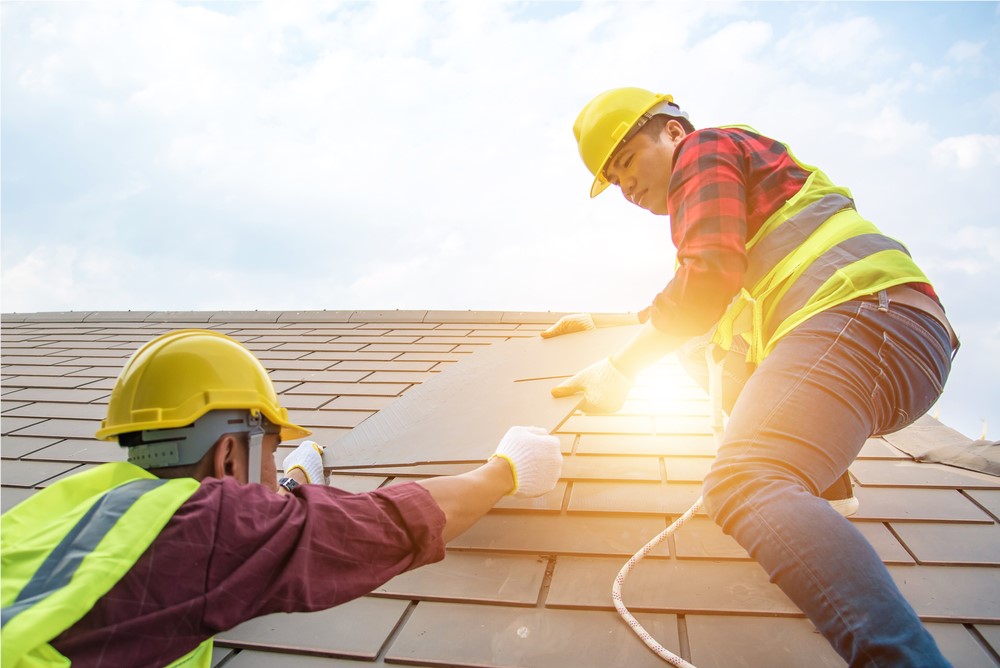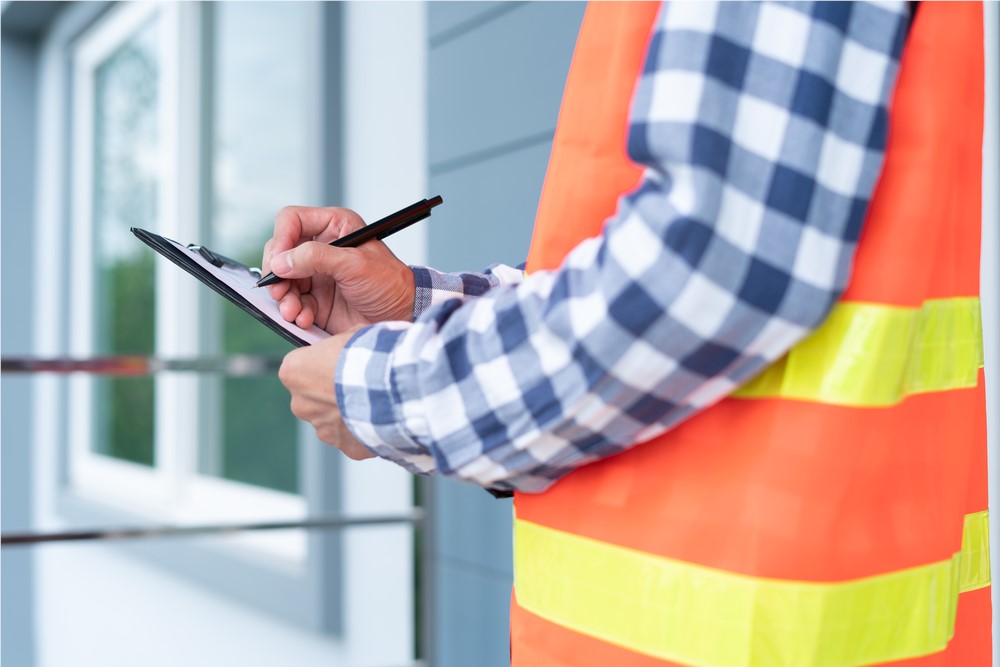A building’s roof system is, without a doubt, the most vulnerable portion of its façade. UV rays, wind, rain, hail, snow, and sleet all have an impact on the performance of a roof system.
Good design, high-quality materials, proper installation, and a preventive-maintenance program all contribute to performance. Roof maintenance is essential for avoiding roof problems and maintaining a waterproof roof. Roof problems should be identified and repaired as soon as possible to ensure a long-lasting roof system.
Routine Maintenance Program
The first stage in an overall roof maintenance program is to start a formal, in-house roof maintenance program. Some components of roof maintenance can be handled by the building’s maintenance staff rather than requiring the services of a roofing professional.
Personnel from the building can assist with some of the most basic maintenance tasks, such as maintaining the roof clear of debris. Debris can obstruct the passage of water to the roof drains, causing localized ponding and premature roof system damage. Debris can also clog drain lines, causing ponding water and, in the worst-case scenario, roof collapse.
Roof History Records
A roof system history file should be kept and updated by building owners. Maintenance workers should be familiar with the contents of the roof system’s historical file (which should be kept on-site) as well as the warranty’s terms and conditions so that the right course of action may be taken in the event of a problem. The historical file should include a complete history of the roof installation, repairs, and alterations are done, as well as a roof plan. It should also include the original designs and specifications, warranties, detailed maintenance and repair documents, and, if available, samples of roof system materials.
When a building is sold or purchased, the file should be preserved with it because it contains valuable information for pre-purchase and condition surveys.
Hire Professional Help
Roof maintenance, which includes visual examination and necessary repairs, should be performed by a professional roofing contractor (ideally the contractor who installed the system). If building staff attempt to repair a roof system problem, the guarantee may be voided. Furthermore, repairs performed by an unlicensed contractor are likely to violate a warranty.
Roof inspections should be performed by skilled roofing contractors on a regular basis, preferably bi-annually (once in the spring and once in the fall). Early detection of problems allows for more manageable fixes before they become more problematic. It should be developed as a method for doing this on a regular basis and recording it in writing.
Extreme weather events such as hailstorms, tornadoes, and hurricanes should also prompt inspections and repair. Damage should be corrected as quickly as feasible if it is discovered.
Subscribe to Legends Roofing's Blog









Comments